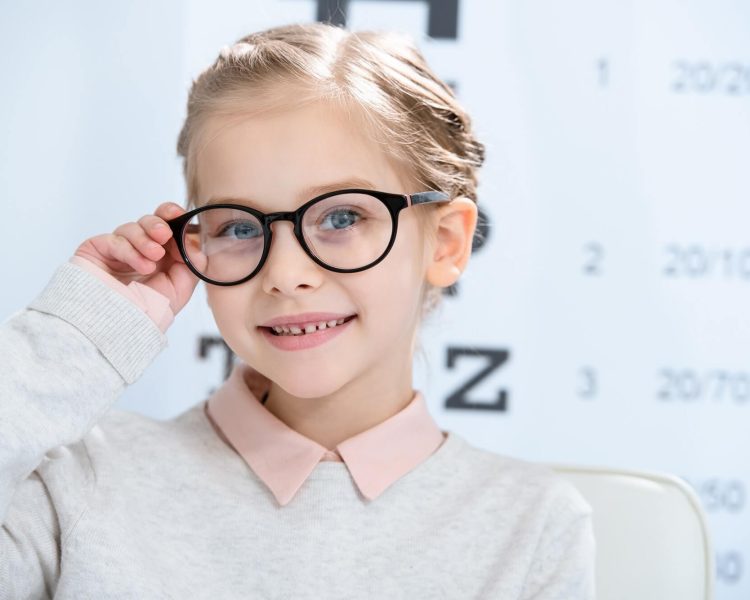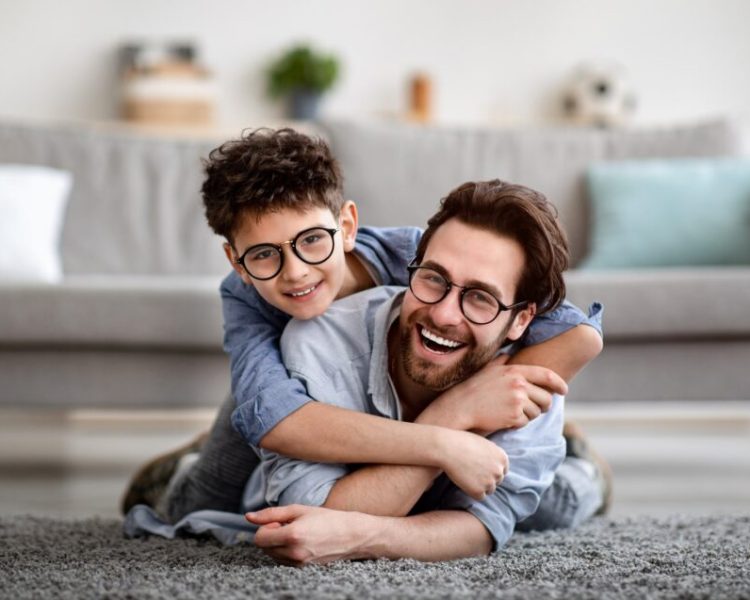PureVision Kids Corner
We're proud to offer a variety of services and products focused on our most precious customers, children.
We're here for all your childs optical needs
Utility vision
nunc amet
Vision exams
volutpat sed in
Retina exams
amet volutpat
Retina exams
amet volutpat

Myopia management

Myopia management
What is Myopia?
What eye diseases are linked with Myopia?
What causes myopia progression?
How can i slow my child's progression?
What eye diseases are linked with Myopia?


What causes myopia progression?
How can i slow my child's progression?

Pure Luxury brand frames
Our pure collection contains over 1,000 frames of vintage, modern, and hand-made horn eye wear. We understand that the frame selection process can be frustrating which is why our team of experts are here to guide you in finding the perfect pair for you.
The latest styles from your favor luxury brands such as Alexander McQueen, LV, Gucci, Balenciaga and much more.
Most Insurances Accepted. Flexible Spending, HSA & FSA also accepted.
Specialty Lenses & Contacts
We are the pure specialists at evaluating your individual lifestyle needs and suggesting lenses that fit your needs. Whether you have a complicated RX, want to add tints, or need anti-reflective coating, you can trust us with your lenses. Made with the latest technology, our lenses can fit any major brand out there. We also can insert new Rx lenses into your own frames.
Fast Turnaround
Highest and Purest Quality
Latest Technology and Materials
Repairs & Adjustments
We can restore, adjust and repair your glasses. Our goal is to adjust and repair your glasses so that they fit good as new.
Eye exams for glasses, contacts, eye health, and digital retinal imaging.
Most Insurances Accepted. Flexible Spending, HSA & FSA also accepted.
Pure & honest client reviews
Very happy with my experience at this Optical. Diana and Sabrina picked out a perfect frame for me, great quality and amazing service. Doctor Bella was very thorough with my eye exam overall great service.
Mark G.
Local CustomerThe staff are nice and helpful. The eye doctor was great and thorough. The prices are fair. I wish there was more selections of frames. My glasses took longer than expected but overall I am satisfied. Thank you Pure Vision Optical!
Vin D.
CustomerFirst of all, their selection of sunglasses are to die for! So many high end brands and of course I had to purchase two pairs because I couldn’t make up my mind. Sabrina and Diana helped me pick the perfect pairs and were so sweet. I’ve been seeing Dr. Bella for my annual eye exams and she answered all of my questions thoroughly. I seriously cannot recommend this place enough and always send my friends and family to Dr. Bella only!!
Nic S.
Local ClientGreat neighborhood optician with a wide selection of frames. Professional friendly staff and on site optometrist's all make for high quality customer service experience.
Curt U.
Local ClientExcellent eyeglasses selection & superb customer service. Trust me: the doctor's examination is very thorough & the equipment is advanced. I am highly impressed & fully recommend it. Goes to show us that you don't need a shop on Austin Street to be a gem in Forest Hills! A++.
Alice P.
Local ClientDiam volutpat commodo sed egestas egestas fringilla phasellus. Augue eget arcu dictum varius duis at consectetur lorem. Mauris nunc congue nisi vitae. Purus in mollis nunc sed. Eu mi bibendum neque egestas congue quisque egestas diam in.
A Pure experience of Optical services and Products
We're here to help with all your eye related needs, 6 days a week. Walk-in or make an appointment to get the best out of your visit.
Online shop offers
Dictumst quisque sagittis purus sit rhoncus sed
ophtamology shop
menswear glasses
womenswear styles
Free delivery
Velit euismod in pellentesque in massa placerat do nunc vel
100% safe online shoping
Velit euismod in pellentesque in massa placerat do nunc vel
Helpdesk center
Velit euismod in pellentesque in massa placerat do nunc vel
Safe transfer
Velit euismod in pellentesque in massa placerat do nunc vel



